Today, AI is used in almost every industry, and tools provided by artificial intelligence in science are no exception. The amount of data generated by many of today’s physics and astronomy studies is so great that no human or group of humans could keep up. Some of them daily record gigabytes of data, and the torrent is just getting bigger.
Many scientists are looking to artificial intelligence for assistance due to the flood. Artificial neural networks, which are computer-simulated neurons replicating the function of brains, can plow through mounds of data with little to no human input, emphasizing abnormalities and seeing patterns that people would never have noticed.
Artificial intelligence in science
Researchers are unleashing artificial intelligence (AI), frequently in the form of artificial neural networks, on the data torrents in a revolution that spans much of science. Such “deep learning” systems don’t require human experts to be trained, in contrast to prior attempts at AI. Instead, they acquire knowledge independently, frequently from massive training data sets, until they can recognize patterns and identify abnormalities in data sets that are much bigger and messier than what humans can handle.
In addition to revolutionizing science, AI is now speaking to you on your smartphone, driving itself on the road, and unnerving futurists who fear it may result in widespread unemployment. Prospects for scientists are generally good because AI promises to speed up the research process.
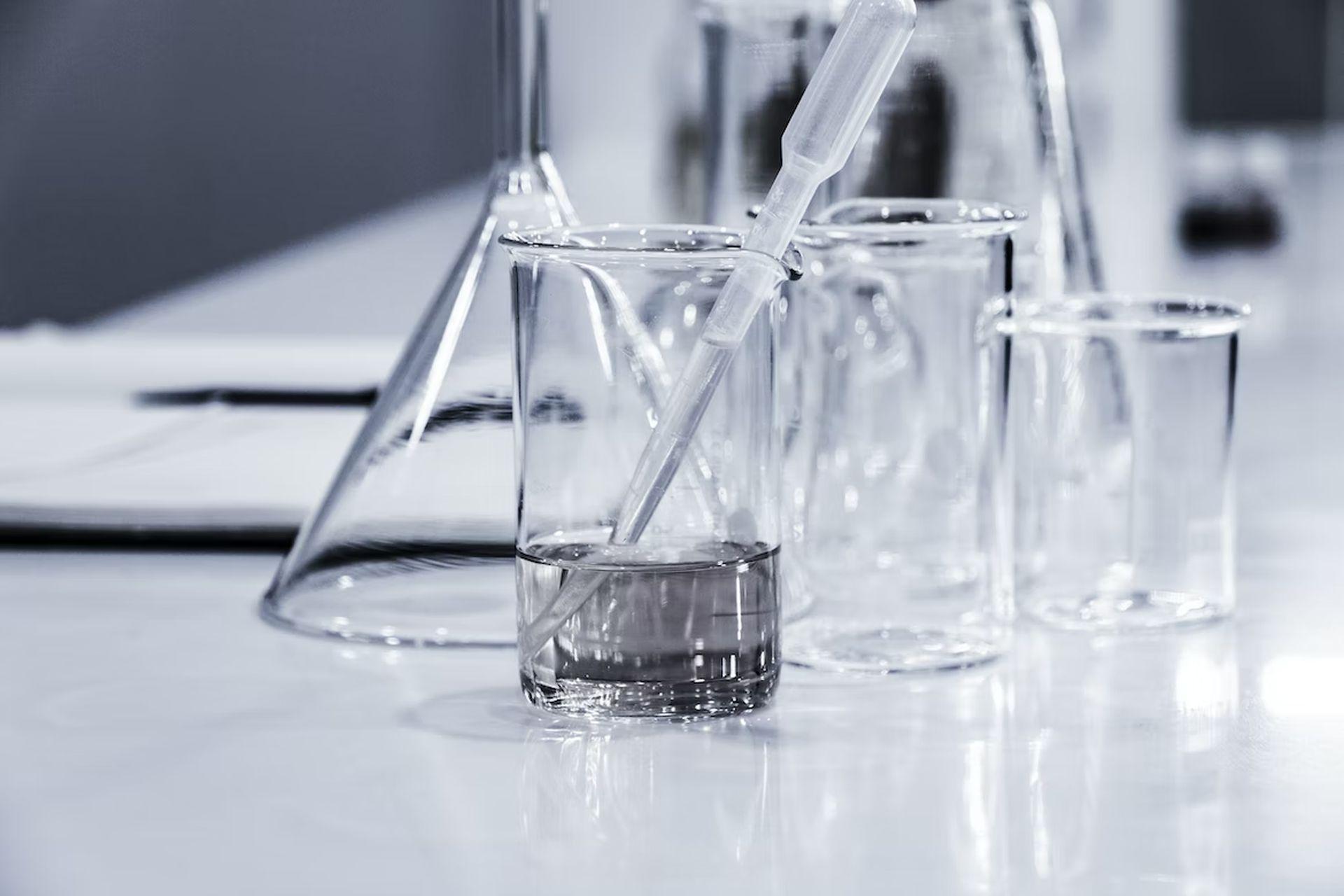
As the significance of AI in science grows, it is likely to become more important than ever to understand the mind inside the machine. Some innovators are already using AI to plan, execute, and interpret experiments, which opens the door to automated science. The diligent trainee might quickly advance to full-fledged colleague status.
Artificial intelligence in science: Biology
Today’s most interesting medical discoveries are being made at the intersection of biology and computer science, using techniques provided by artificial intelligence in science.
Despite initiatives to do so, there has been little progress in integrating studies from many branches of biology.
AI in agriculture: Computer vision and robots are being used for higher efficiency
We postulate that reintegrating biology will be made possible by upcoming generations of Artificial Intelligence (AI) technology tailored for biological sciences. We will be able to collect, link, and analyze data at previously unheard-of scales thanks to AI technology. We will also be able to create thorough prediction models that cut across numerous fields of study.
They will enable both targeted discoveries (testing particular hypotheses) and untargeted ones. Artificial intelligence in biology is the interdisciplinary technology that will improve our capacity to do biological research at all scales. In the same way that statistics revolutionized biology in the 20th century, we anticipate that AI will do the same for biology in the 21st.
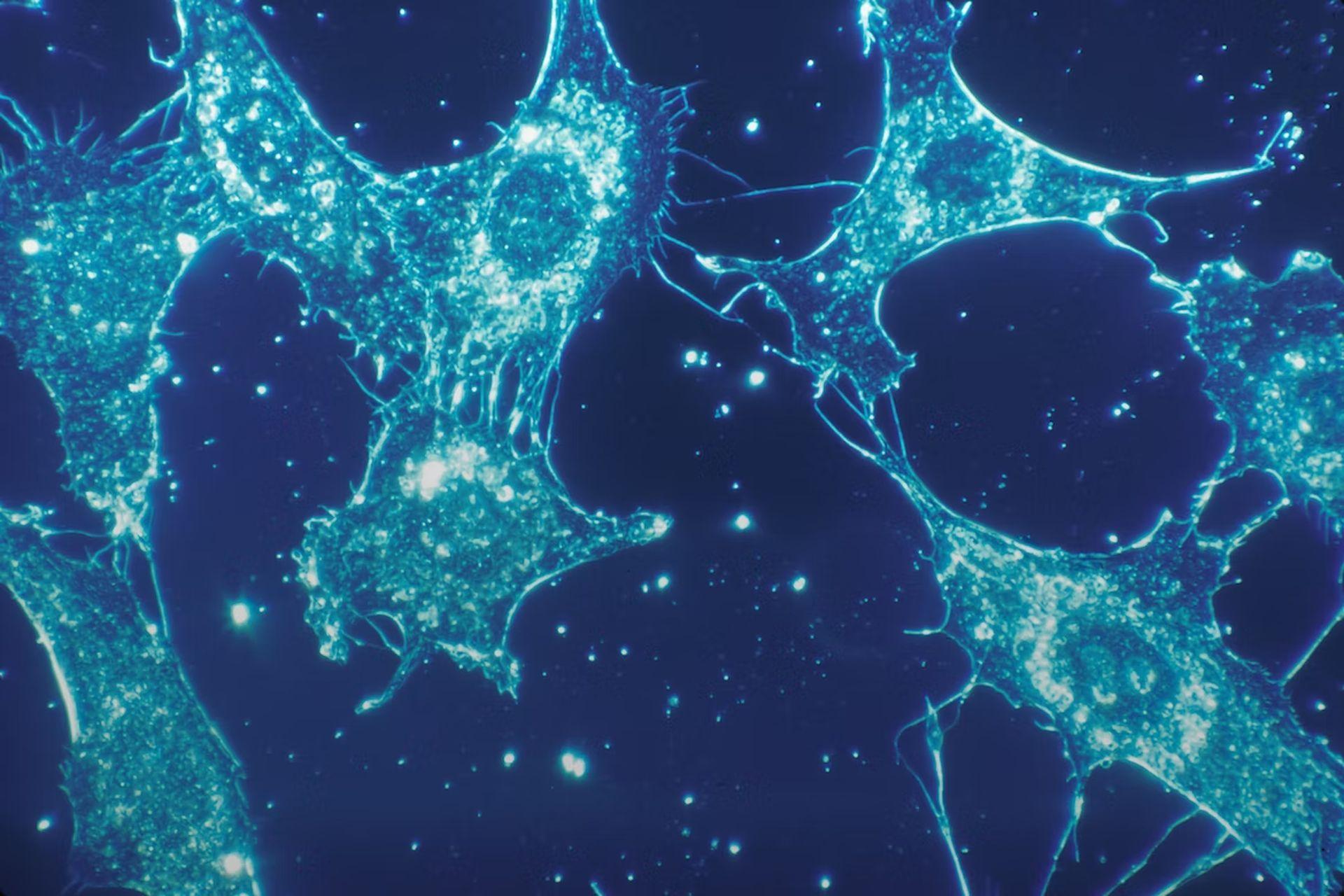
The challenges, however, are numerous and include data collection and assembly, the creation of new science in the form of theories that link the various fields, and the development of new predictive and understandable AI models that are better suited to biology than current machine learning and AI techniques. Strong partnerships between biological and computational scientists will be necessary to advance development initiatives.
Artificial intelligence in science: Physics
Mathematical models were carefully written out and solved by hand in the early days of physics. Today, researchers can model and calculate complicated physics issues with a great deal more speed, accuracy, and originality than ever before, thanks to artificial intelligence in science. This post summarizes some of my favorite AI-related physics research projects.
Researchers have long been fascinated by questions about the nature of the universe. We now know more about other planets than we do about the deep ocean on our own. It has generated investment and interest in space research. There is still a lot of fundamental knowledge to acquire.
The quantum boost to AI paves the way for AGI
In a recent article, scientists explain how they used a neural network model to forecast the genesis of the universe’s structure. One of the “holy grails of modern astrophysics” is, in the words of the paper’s authors, “to fully understand the structure formation of the Universe.”
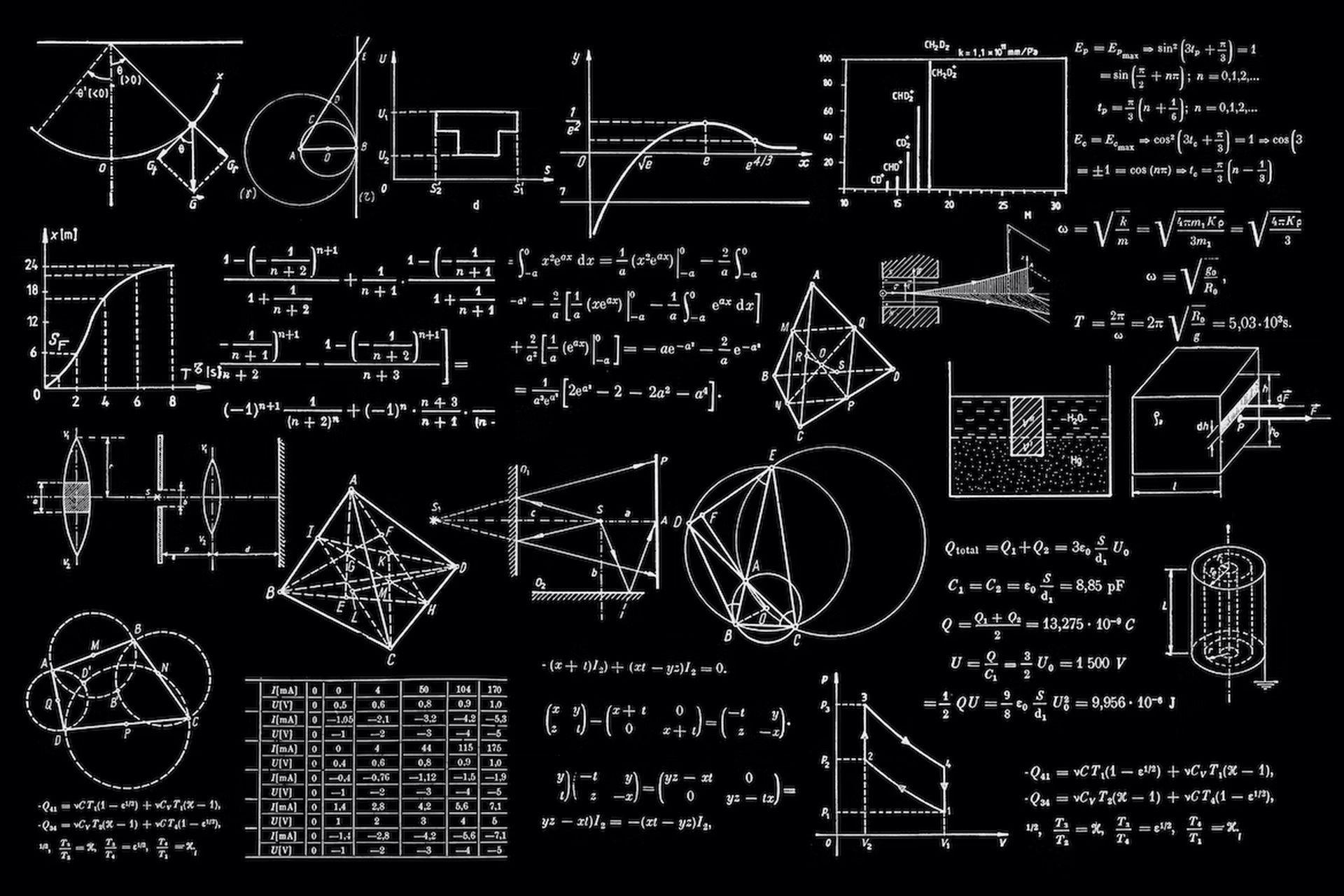
The researchers’ Deep Density Displacement Model (D3M), which uses deep learning to produce intricate 3D simulations in cosmology, was inspired by their desire to conquer this big unknown.
AI-driven frameworks are accelerating a wide range of important physics research topics. These innovations show the long-lasting influence AI is only now beginning to have on scientific discovery, from protein structures to climate modeling and gravitational wave detection to understanding the universe.
The use of AI to develop new models for tackling challenging physics problems has the potential to significantly accelerate scientific progress in the most fundamental areas of knowledge that explain and govern the world and cosmos in which we exist.
Artificial intelligence in science: Chemistry
One of the most often discussed topics in chemistry recently is artificial intelligence. Artificial intelligence and chemistry go hand in hand! The healthcare sector uses chemistry and artificial intelligence mostly for the development of new drugs.
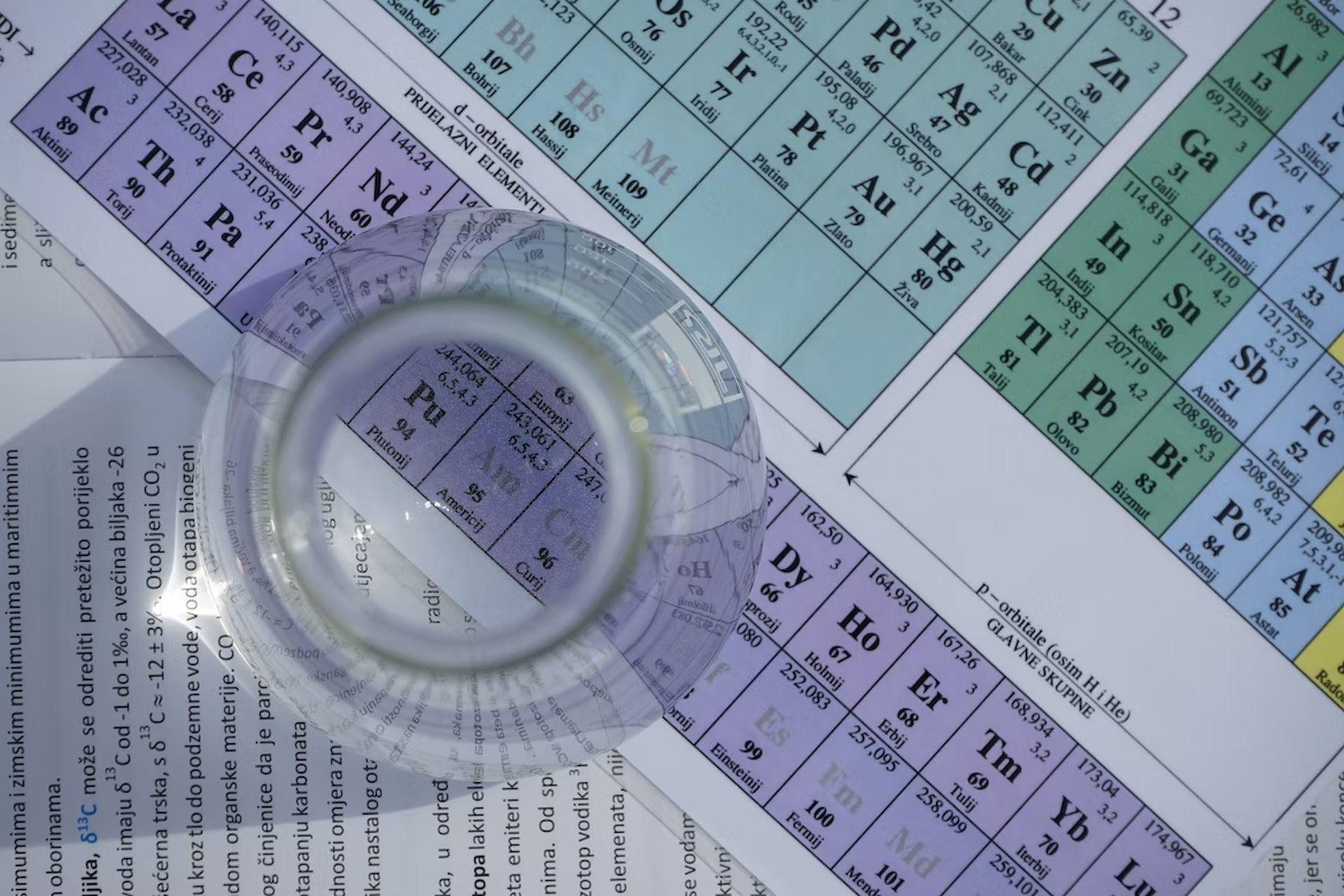
The production and formulation of drugs have changed dramatically as a result of the fusion of technology and medicine. This procedure is also a result of increased research and development in the pharmaceutical industry due to the technologically advanced technology and equipment used by scientists. This is a key improvement regarding artificial intelligence in science field.
Chemists developed a new ML framework to improve catalysts
However, drug development is not the only area in which artificial intelligence in science. The building blocks of chemical bonds and molecules, which form the basis of science, are just the beginning. AI can assist with everything from molecule synthesis to molecular property identification when it comes to chemistry and related fields.
AI in science and research
Artificial intelligence facilitates many scientific processes, including research methods.
How is AI used in scientific research?
Below you can find some of the most interesting examples of AI in science and research field:
Protein structures can be predicted using genetic data
The function of a protein in the body can be understood by taking into account its form. Scientists are able to discover proteins that are involved in diseases, which helps with diagnostics and the creation of new medicines by foreseeing their structures.
Protein structure determination is a labor-intensive and technically challenging technique that has produced 100,000 or more known structures to date. The protein-folding issue is the difficult task of identifying the form of a protein from its matching genetic sequence, despite the fact that recent discoveries in genetics have produced huge datasets of DNA sequences.

Researchers are creating machine learning methods that can predict the three-dimensional structure of proteins from DNA sequences to aid in our understanding of this process. That is a great development regarding artificial intelligence in science field. For instance, the AlphaFold project at DeepMind has developed a deep neural network that forecasts the separations between pairs of amino acids and the angles between their bonds, producing a highly accurate overall prediction of a protein structure.
Recognizing how climate change affects cities and regions
The requirement to analyze vast volumes of collected data and simulate complicated systems is combined in environmental research. Predictions from global climate models need to be understood in terms of their effects on cities or regions in order to guide decision-making at the national or local level. For instance, forecasting the number of summer days where temperatures reach 30°C within a city in 20 years.
These small locations could have access to in-depth observational data about their environment, such as that provided by weather stations, but given the baseline changes brought on by climate change, it is challenging to make reliable estimates from this data alone.

The gap between these two forms of knowledge can be filled with the aid of machine learning. The resulting hybrid analysis would improve the climate models produced by conventional techniques of analysis and provide a complete picture of the local implications of climate change. It can merge the low-resolution outputs of climate models with detailed but local observational data.
Analyzing astronomical data
Large volumes of data are produced during astronomy research, making it difficult to separate the interesting features or signals from the background noise and classify them appropriately. For instance, the Kepler mission is gathering information from observations of the Orion Spur and beyond that may point to the existence of stars or planets in order to find Earth-sized planets circling other stars.

All of this information may be skewed by star activity changes, onboard thruster activity, or other systematic tendencies, so not all of it is helpful. These so-called instrumental artifacts must be eliminated from the system before the data can be analyzed. Researchers have created a machine learning system that can recognize and eliminate these artifacts from the system, cleaning it for future studies to assist with this.
AI in science examples
Identifying star and supernova features, classifying galaxies, and detecting new pulsars from existing data sets are just a few examples of how machine learning has been utilized to discover new celestial events.
Machine learning has emerged as a crucial tool for academics working in a variety of fields to analyze massive datasets, find patterns that were previously unnoticed, or derive surprising insights. While its prospective applications in scientific research span a wide variety of disciplines and will encompass a number of areas not specifically included here, here are some examples of study domains with emerging uses of AI.
Interpreting social history with archival data
The British Library’s National Newspaper archive contains millions of pages of out-of-copyright newspaper collections, and researchers are working with curators to create new software to analyze the data extracted from these collections. They will also make use of other historical collections that have been digitally preserved, particularly government-collected information from the Census and the registration of births, marriages, and deaths.

As a result, computational linguists and historians will be able to follow societal and cultural development during the Industrial Revolution as well as changes brought on by the advancement of technology in all spheres of society. Importantly, these new study techniques will put the lives of regular people in the spotlight. All thanks to artificial intelligence in science.
Using satellite images to aid in conservation
Because they only exist in the sea-ice zone, which is particularly challenging to survey, several species of seals in the Antarctic are very challenging to monitor. The expense and effort required to identify these seals in imagery have been significantly lowered because of the deployment of very high-resolution satellites.
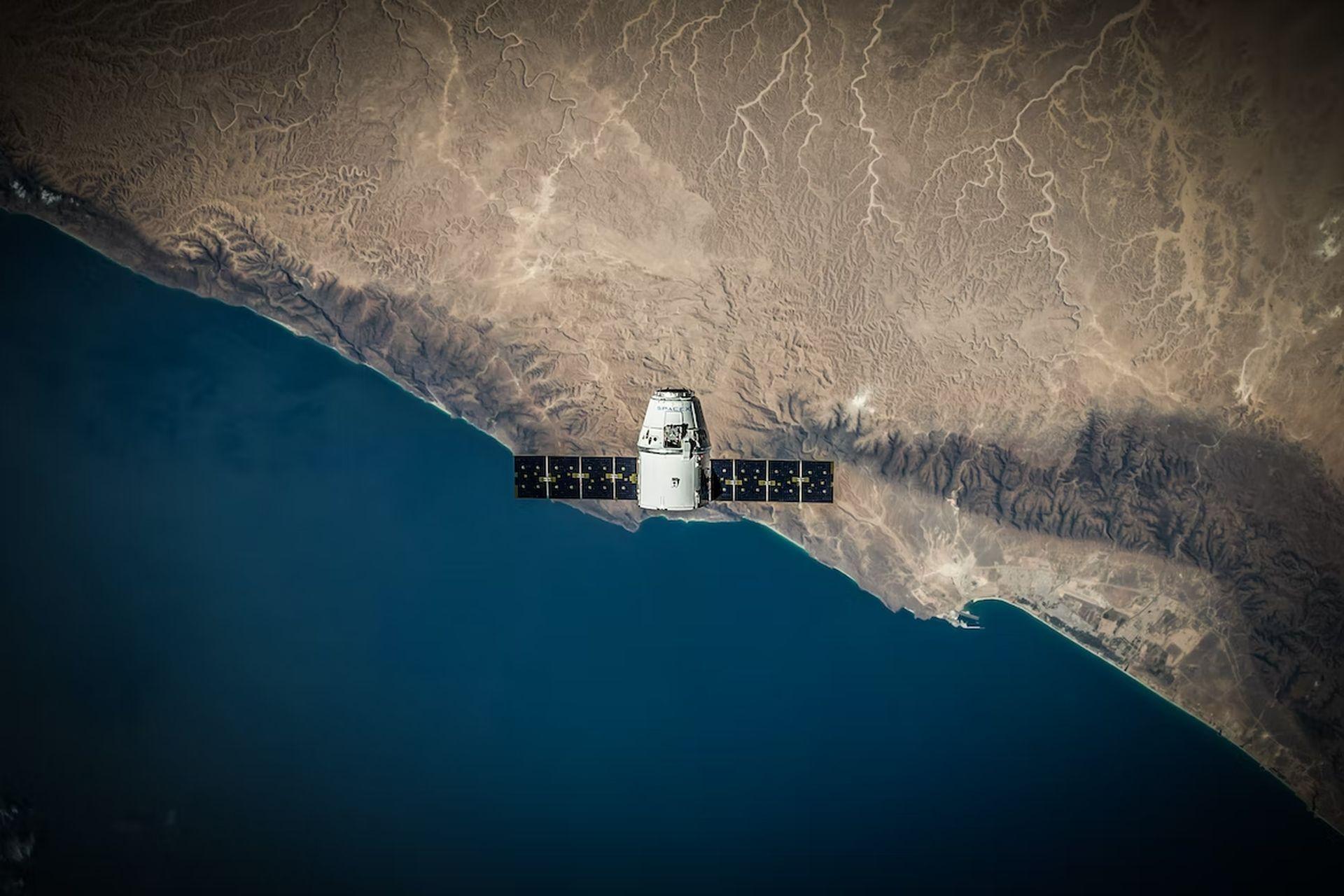
However, it takes a long time to manually count the seals over the wide area of ice that they live in, and different analysts report different counts. This issue might be resolved automatically using machine learning techniques, producing quick, reliable outcomes with known related errors.
Understanding complex organic chemistry
A pilot project with The Alan Turing Institute and The John Innes Centre aims to explore the potential of machine learning in modeling and forecasting the triterpene biosynthesis pathway in plants. Triterpenes are intricate molecules that make up a sizable and significant class of plant-based natural compounds with numerous commercial uses in the fields of health, agriculture, and industry.
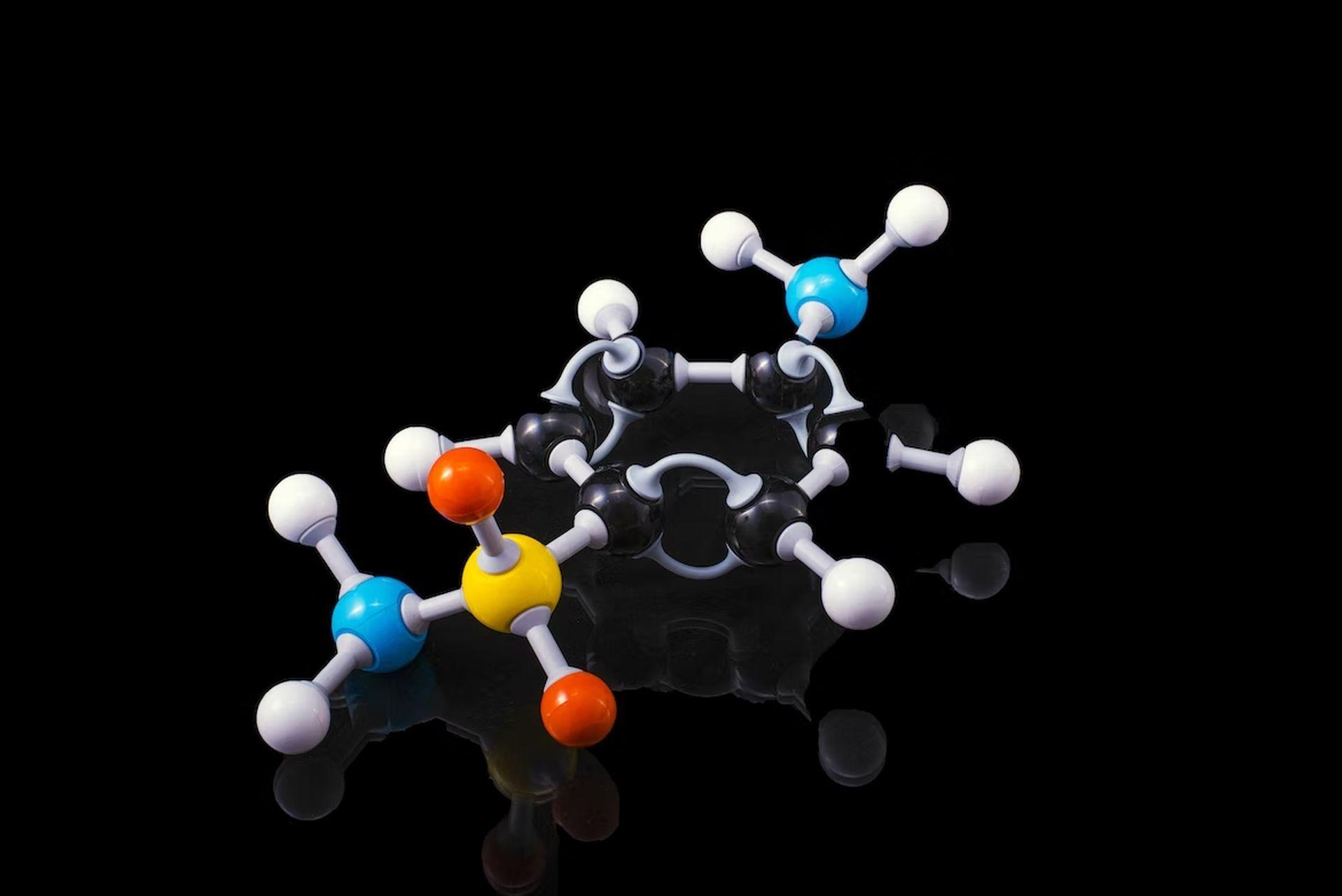
Over 20,000 structurally distinct triterpenes can be produced by customizing enzymes from a single common substrate, which is the starting point for the synthesis of all triterpenes. The ability to forecast the consequences of organic chemical reactions has recently shown promise. To make accurate predictions based on sequence, one needs to have a thorough grasp of the biosynthetic processes that result in triterpenes as well as cutting-edge machine learning techniques. This is possible thanks to artificial intelligence in science.
Conclusion
In conclusion, artificial intelligence and data analytics is poised to revolutionize a wide range of industries. Significant deployments have already changed decision-making, business models, risk mitigation, and system performance in the financial, national security, healthcare, criminal justice, transportation, and smart city sectors. Surely, artificial intelligence in science plays its own part. These changes are producing significant economic and social advantages.






